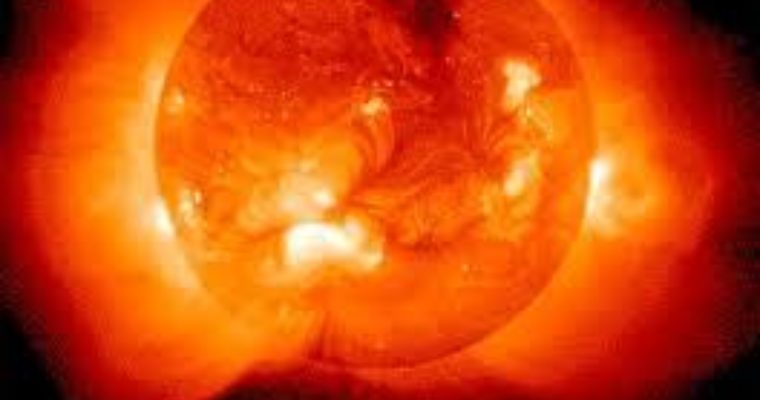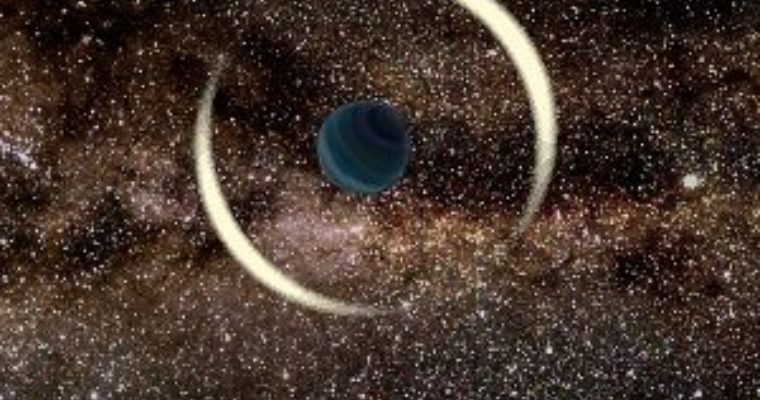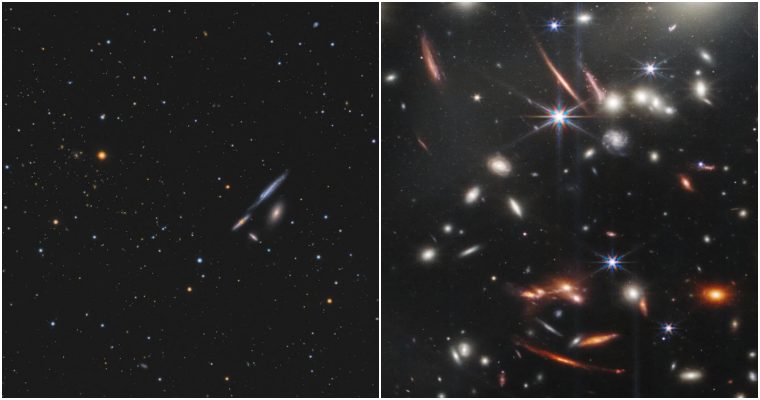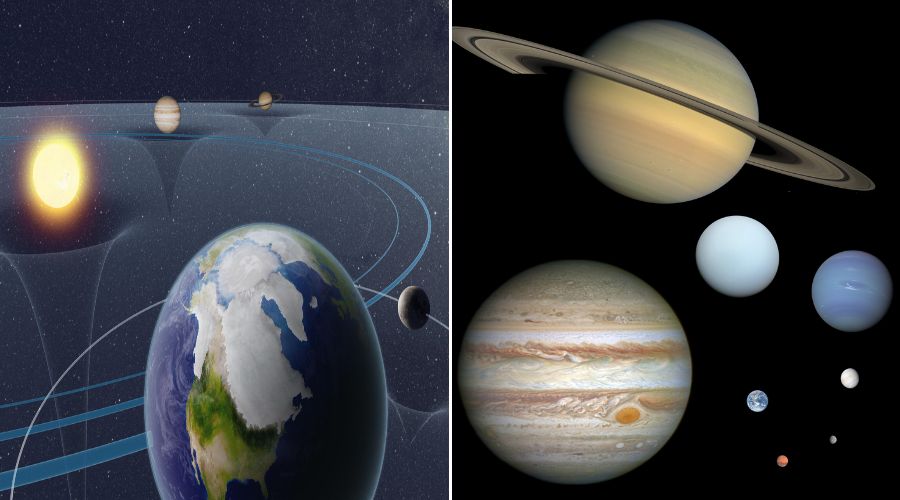Mercury or Mercury is the smallest and closest planet to the Sun of the eight planets in the Solar System, with an orbital period equal to 88 Earth days.

Color image of Mercury taken by MESSENGER.
Mercury is covered in graphite, a form of pure carbon that can be transformed into diamonds after collisions with meteorites, asteroids and comets. Mercury was heavily impacted by the Late Heavy Bombardment, the early solar system 4.1 – 3.8 billion years ago when most of the craters on the Sun were known to researchers. Moon formed. However, Mercury has more craters than the Moon, leading to more diamond-producing collisions.
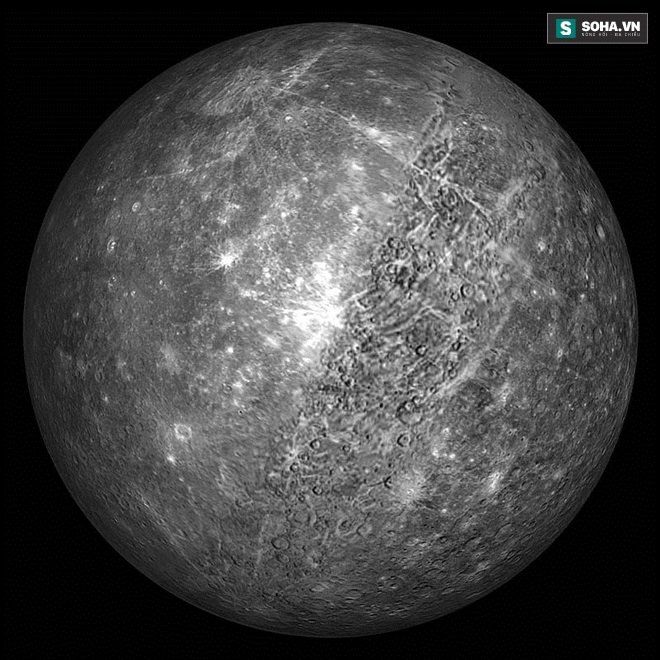
Simulations from new research published at the Lunar and Planetary Science Conference (LPSC) in Houston, Texas in the past weeks suggest that Mercury’s surface could be filled with diamonds.
According to Kevin Cannon, an associate professor of Geology and Space Resources at the Colorado School of Mines, Mercury began with a thin graphite crust that formed shortly after the planet cooled from the magma ocean. Asteroids and comets crash into this crust at speeds of tens of kilometers per second, creating pressures high enough to turn graphite into diamonds.
Diamonds located relatively close to the surface of Mercury can be very different from the diamonds we cut into jewelry. They are similar to the small chiseled diamonds used as industrial abrasives, mixtures of graphite and other forms of carbon.

Mining in space will be difficult on Mercury due to orbital mechanics problems. However, BepiColumbo, the upcoming European Space Agency (ESA) mission, will map Mercury at various wavelengths when it reaches the planet’s orbit on December 5, 2025.
Two orbiters on the BepiColombo mission, the Mercury Planetary Orbiter (MPO) of the ESA and the Mercury Magnetospheric Orbiter (MMO) of the Japan Space Agency, will jointly study the origin, evolution, texture, and geology. , composition, craters, atmosphere, and magnetosphere of Mercury, examining sediments in craters on the planet’s surface.
Source: VNEXPRESS



